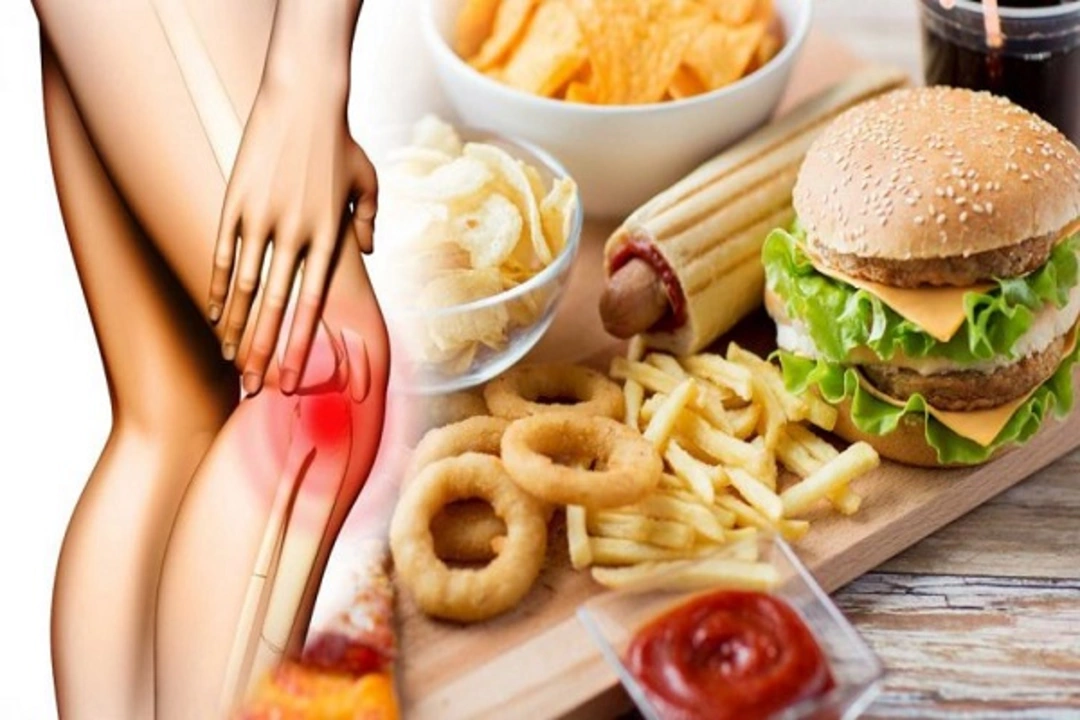Spicy foods: what they do to your body and how to enjoy them safely
Love a hot curry or a jalapeño on your burger? Spicy foods bring flavor and a rush of heat thanks to capsaicin, the compound in chili peppers. That heat tastes intense, but it also triggers predictable reactions in your body—sweating, a faster heart rate, and a temporary rise in metabolism. Those reactions are normal and usually harmless for most people.
Health effects: benefits and real risks
Capsaicin can help with a few things: it may slightly boost calorie burn after a meal and can reduce appetite for some people, which is why it shows up in weight-loss discussions. Capsaicin is also used in topical creams for nerve pain—those patches and lotions actually work by desensitizing pain signals at the skin level.
On the flip side, spicy foods can trigger or worsen heartburn, reflux, and stomach pain for people with GERD or a sensitive gut. If you get chest discomfort, repeated heartburn, or black/tarry stools after eating spicy meals, see a doctor—those aren’t normal reactions. Spices don’t cause stomach ulcers by themselves, but they can make ulcer symptoms worse.
If you have chronic conditions—severe acid reflux, inflammatory bowel disease, or recent stomach surgery—talk with your clinician before you go back to heavy heat. For most prescription drugs, eating spicy food won’t change how the medicine works. Still, if a medicine already irritates your stomach, adding hot peppers may make things worse.
Simple tips to enjoy spice without backfire
Want the heat but not the pain? Start slow. Build tolerance by adding small amounts over time instead of blasting your mouth at once. Remove seeds and the white membrane from peppers—most of the capsaicin lives there.
Dairy is your friend. Milk, yogurt, or sour cream helps because casein binds capsaicin and eases the burn. Acid helps too—squeeze lime or add vinegar to balance heat. Cooking peppers longer mellows them; raw peppers usually feel hotter. If a bite goes wrong, eat bread or rice to absorb the oil rather than water, which spreads the capsaicin.
Watch your hands and eyes. Use gloves when cutting hot peppers and don’t touch your face. If you accidentally get pepper in your eye, rinse with clean water and seek care if pain or blurred vision continues.
Want to cut spice without losing flavor? Try smoked paprika, toasted cumin, or mild chiles—these add depth without that fire. If in doubt about how spice affects a medical condition or interacts with a treatment, ask your pharmacist or doctor. Small changes—one pepper less, a dollop of yogurt—can let you enjoy bold flavors while keeping your stomach and sleep intact.

